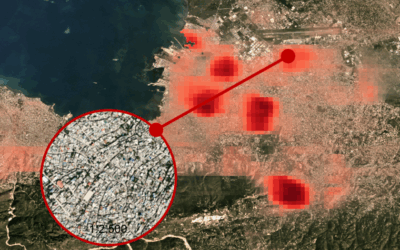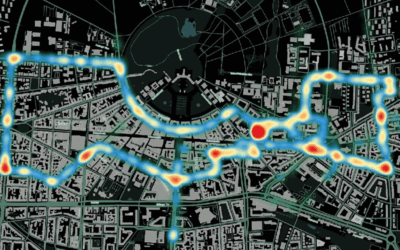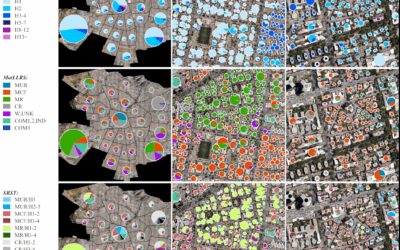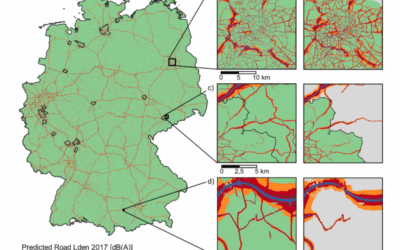New publication on built-up height mapping using remote sensing data
Researchers from the China Agricultural University in Beijing, the Meteorological Administration in Beijing, the Tsinghua University in Beijing, the East China Normal University in Shanghai, the University of Hong Kong in Hong Kong, the Peking University in Beijing, the Natural Resources Satellite Remote Sensing Application Center in Guiyang, the Sun Yat-Sen University in Guangzhou and the German Remote Sensing Data Center (DFD) of German Aerospace Center (DLR) teamed up for a study on built-up height mapping using remote sensing data. The paper titled “A flexible framework for built-up height mapping using ICESat-2 photons and multisource satellite observations” was just published in the journal Remote Sensing of Environment by Xiayu Tang, Guojiang Yu, Xuecao Li, Hannes Taubenböck, Guohua Hu, Yuyu Zhou, Cong Peng, Donglie Liu, Jianxi Huang, Xiaoping Liu and Peng Gong.
Here is the link to the full paper: https://www.sciencedirect.com/science/article/pii/S0034425724005984
Here is the abstract of the paper: Built-up heights serve as a nexus in understanding the complex relationship between urban forms and socioeconomic activities. With the advent of remote sensing technology, built-up height mapping from satellite observations has become available over the past years. However, the absence of high-precision sample data poses a significant limitation to built-up height mapping at large (regional or global) scales, particularly in developing regions. To address this issue, we proposed a flexible mapping framework to derive precise building height samples using the Ice, Cloud, and Land Elevation Satellite-2 (ICESat-2) data for built-up height estimation. First, we calculated building heights from ICESat-2 photons using advanced algorithms such as Random Sample
Consensus (RANSAC) linear fitting and cloth simulation filtering. Then, we constructed large-scale built-up height samples by aggregating the height information into grid cells with optimal size. Finally, aided by these grids with height information from ICEsat-2 and other satellite observations from Sentinel data as well as the digital surface model (DSM), we mapped built-up heights in two mega-cities (i.e., New York and Shenzhen) using the random forest regression model. Our results demonstrate building height estimation using ICESat-2 data generally exhibits in relation to other studies high accuracy, showing great potential to support large-scale builtup height mapping using satellite observations. We found the optimal grid size for built-up height mapping is around 300 m, after a comprehensive sensitivity analysis regarding the building fraction within the grid and its size. Overall, the mapped built-up heights are reliable, with relatively low mean absolute errors (MAE) of 2.69 m
in New York and 3.87 m in Shenzhen, similar to or better than previous studies. By leveraging high-precision elevation data provided by the ICESat-2 data, our proposed approach can effectively collect samples in regions with limited information on building heights, showing great potential for large-scale built-up height monitoring and supporting future urban studies.








